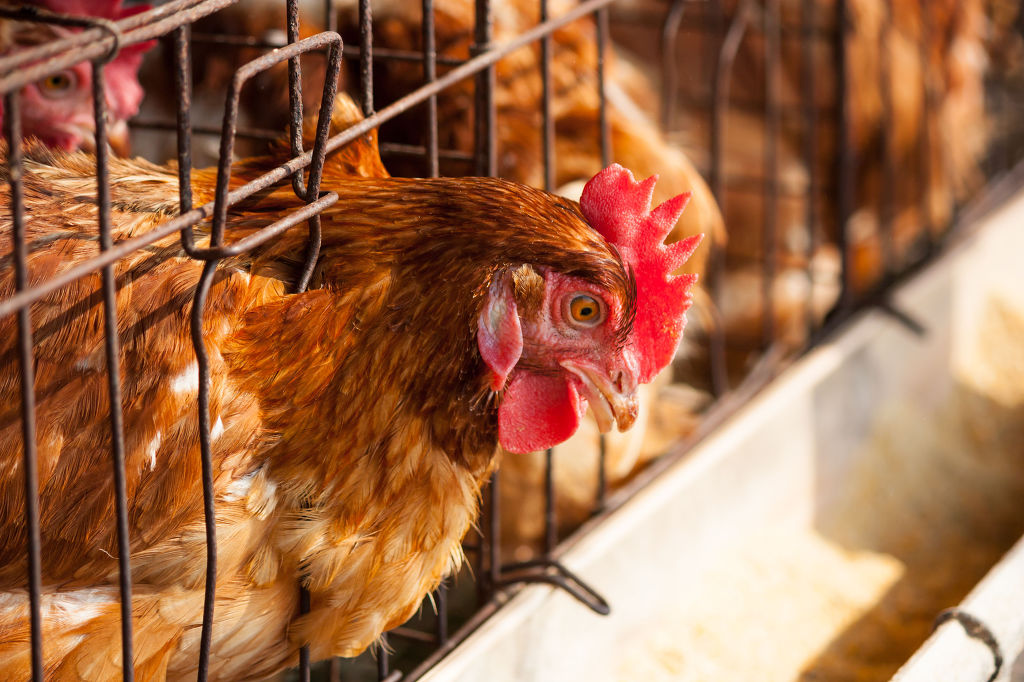
Using a decision tree model, a data analysis method that can be used to identify major factors behind virus pandemics, the NCIS discovered a close correlation between the likelihood of contracting avian influenza and the number of chickens on a farm, and the distance between farms and streams. (Image: Kobiz Media)
SEOUL, April 20 (Korea Bizwire) – The latest big data analysis on the avian influenza pandemic that swept through South Korean poultry farms and resulted in the deaths of millions of chickens revealed that when farms have a higher number of animals, each animal faces a higher risk of contracting avian influenza A (H5N6).
In a collective analysis conducted by both the National Computing and Information Service (NCIS), and South Chungcheong Province, researchers also found farms located close to streams faced a higher risk of avian influenza, after studying instances of the disease recorded at some five thousand farms from last November to January of this year.
Using a decision tree model, a data analysis method that can be used to identify major factors behind virus pandemics, the NCIS discovered a close correlation between the likelihood of contracting avian influenza and the number of chickens on a farm, and the distance between farms and streams.
According to the findings of the analysis, poultry farms that are home to more than 100,000 chickens were 548 times more likely to be affected by avian influenza than those with fewer than 4,000 chickens.
Poultry farms with a capacity between 4,000 and 100,000 chickens were also found to be 154 times more likely to be contaminated by avian influenza than those with fewer than 4,000 chickens.
Farms with streams in their vicinity were also reported to have been more affected by the recent AI pandemic.
Additional findings through cluster analysis revealed that farms with the highest incidence of AI were located near streams while accommodating more than 120,000 chickens.
Based on the findings, the NCIS said migratory birds that travel between streams in the southern part of Chungcheong Province might have contributed to the AI pandemic in the region in the past.
Going forward, agriculture authorities in the region will ramp up security and safety measures, particularly around streams that migratory birds travel to, and provide farm owners at higher risk with educational programs to prevent another AI pandemic similar to the one last year, while legislation governing the establishment of new farms is expected to become stricter.
M.H.Lee (mhlee@koreabizwire.com)






